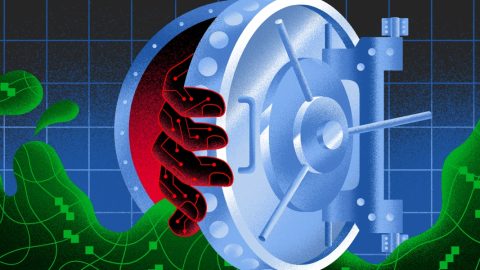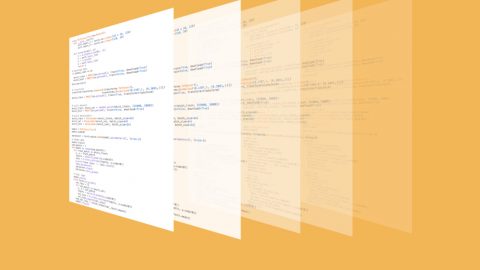With these two technologies developing in tandem, the opportunities for AI-driven biological discoveries from spatial omics are numerous. Looking at the fast-evolving landscape of spatial omics AI methods, we see two broad categories of new methods breaking through.
In the first category are AI methods that aim to improve the usability of spatial omics and enable richer downstream analyses for researchers. Such methods are specially designed to deal with the high dimensionality and the signal-to-noise ratio that are specific to spatial omics. Some are used to remove technical artifacts and batch effects from the data. Other methods, collectively known as “super-resolution methods,” use AI to increase the resolution of spatial omics assays to near single-cell levels. Another group of approaches looks to integrate dissociated single-cell omics with spatial omics. Collectively, these AI methods are bridging the gap with future spatial omics technologies.
In the second category, AI methods aim at discovering new biology from spatial omics. By exploiting the localization information of spatial omics, they shed light on how groups of cells organize and communicate with unprecedented resolution. Such methods are sharpening our understanding of how cells interact to form complex tissues.
At Owkin, we are developing methods to identify new therapeutic targets and patient subpopulations using spatial omics. We have pioneered methods allowing researchers to understand how cancer patient outcomes are linked to tumor heterogeneity, directly from tumor biopsy images. Building on this expertise and the MOSAIC consortium, we are developing the next generation of AI methods, which will link patient-level outcomes with an understanding of disease heterogeneity at the molecular level.
Looking ahead
Spatial biology has the potential to radically change our understanding of biology. It will change how we see a biomarker, going from the mere presence of a particular molecule in a sample to patterns of cells expressing a certain molecule in a tissue. Promising research on spatial biomarkers has been published for several diseases, including Alzheimer’s disease and ovarian cancer. Spatial omics has already been used in research associated with clinical trials to monitor tumor progression in patients.
Five years from now, spatial technologies will be capable of mapping every human protein, RNA, and metabolite at subcellular resolution. The computing infrastructure to store and analyze spatial omics data will be in place, as will the necessary standards for data and metadata and the analytical algorithms. The tumor microenvironment and cellular composition of difficult-to-treat cancers will be mapped through collaborative efforts such as MOSAIC.
Spatial omics datasets from patient biopsies will quickly become an essential part of pharmaceutical R&D, and through the lens of AI methods, they will be used to inform the design of new, more efficacious drugs and to drive faster and better-designed clinical trials to bring those drugs to patients. In the clinic, spatial omics data will routinely be collected from patients, and doctors will use purpose-built AI models to extract clinically relevant information about a patient’s tumor and what drugs it will best respond to.
Today we are witnessing the convergence of three forces: spatial omics technologies becoming increasingly high-throughput and high-resolution, large-scale datasets from patient biopsies being generated, and AI models becoming ever more sophisticated. Together, they will allow researchers to dissect the complex biology of health and diseases, enabling ever more sophisticated therapeutic interventions.
Davide Mantiero, PhD, Joseph Lehár, PhD, and Darius Meadon also contributed to this piece.
This content was produced by Owkin. It was not written by MIT Technology Review’s editorial staff.





Recent Comments